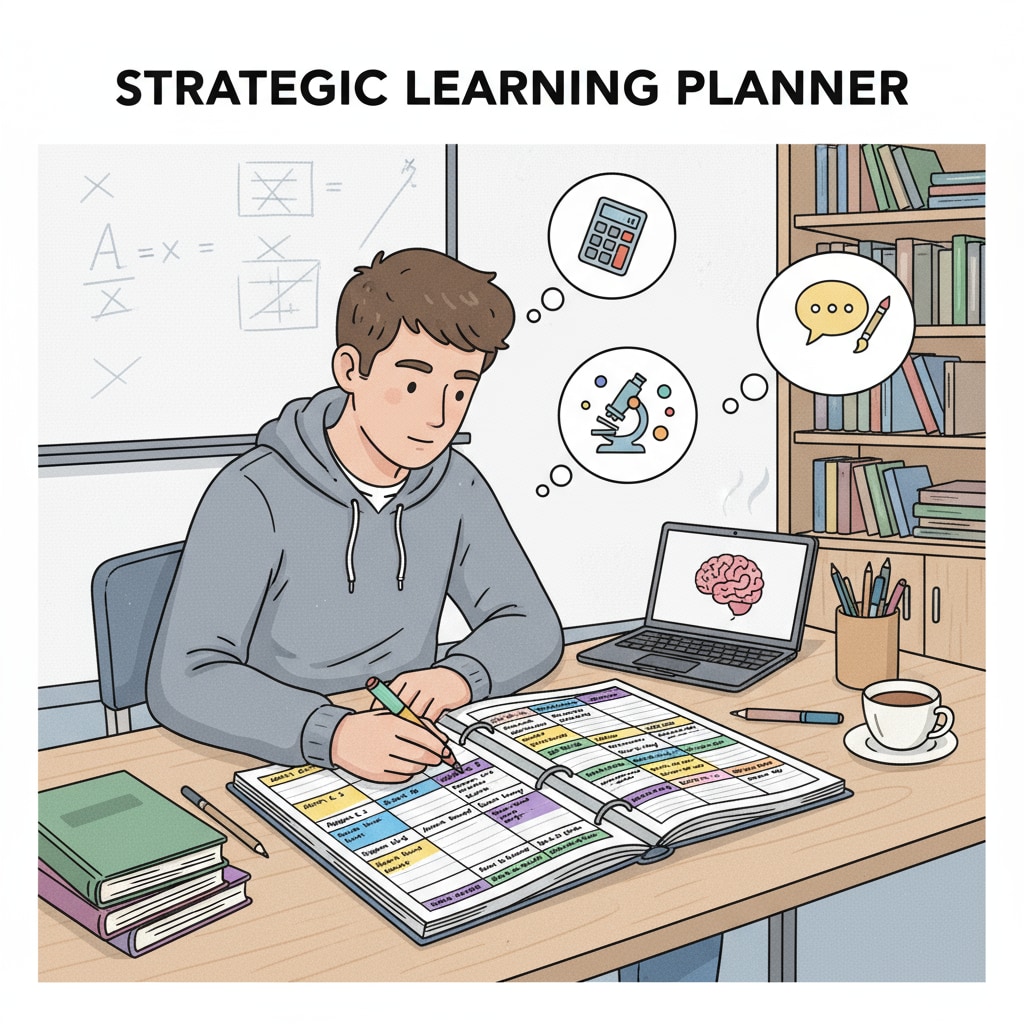In the contemporary age of knowledge explosion, the concepts of learning plans, knowledge domains, and curriculum planning have become crucial for K12 students. Educators and parents alike are faced with the challenge of helping students effectively plan their learning across multiple domains. This article will explore the feasibility of creating extensive learning plans in primary and secondary education and provide practical methods for implementation, enabling students to expand their knowledge breadth efficiently within limited time frames.

The Feasibility of Multi-Domain Learning Plans in K12
One might wonder if it’s possible to cover multiple knowledge domains in the K12 educational journey. The answer is yes. K12 education provides a broad foundation, and students have the capacity to absorb knowledge from different areas. For example, subjects like science, language arts, and social studies are already part of the curriculum, indicating the potential for multi-domain learning. According to Britannica’s education resources, a well-rounded education involves exposure to various fields of study. This exposure not only enriches students’ knowledge but also helps develop critical thinking and problem-solving skills.
Designing the Multi-Domain Learning Plan
When designing a multi-domain learning plan, it’s essential to consider the student’s interests and capabilities. Start by identifying the knowledge domains that the student is passionate about. For instance, if a student loves technology, including computer science and engineering in the plan would be a great idea. Next, break down each domain into smaller, manageable goals. This could involve setting a certain number of books to read or projects to complete in a specific time period. Additionally, align the plan with the school curriculum to ensure a seamless integration. As per Wikipedia’s curriculum design page, a good curriculum design takes into account the learner’s needs and the overall educational goals.

Another aspect of the plan is to allocate sufficient time for each domain. Don’t overload the student with too many tasks in one area. Instead, create a balanced schedule. For example, allocate specific time slots for different subjects or activities related to each knowledge domain. This way, students can focus on one thing at a time and achieve better results.
Implementing the Learning Plan
Implementation is where the rubber meets the road. To effectively implement the multi-domain learning plan, establish a routine. Have a set time for studying each domain every day or week. This consistency helps students build good study habits. Provide the necessary resources such as books, online courses, and educational apps. Encourage students to seek help when needed, whether it’s from teachers, parents, or peers. For example, if a student is struggling with a concept in a particular knowledge domain, they should not hesitate to ask for clarification.
Regularly review and adjust the plan. As students progress, their interests and capabilities may change. Therefore, it’s important to make necessary modifications to the plan. If a student finds a particular domain too challenging or too easy, adjust the goals and tasks accordingly. This flexibility ensures that the learning plan remains relevant and effective throughout the K12 journey.
Readability guidance: By following these steps, students can embark on a successful multi-domain learning journey. The key lies in careful planning, consistent implementation, and flexibility. With the right approach to learning plans, knowledge domains, and curriculum planning, K12 students can broaden their horizons and prepare themselves for a successful future.


